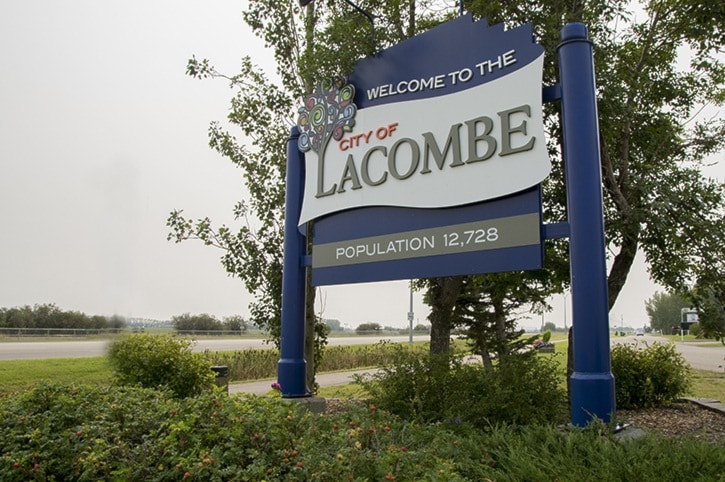Filling the gap – exploring a lack of local social resources
This is part three of a series that has been exploring the various social needs of the community to attempting to determine what is being done to address those needs.
In order to understand and address the needs of citizens, the City of Lacombe relies on close partnerships with community groups who see the issues first-hand.
The City works closely with non-for-profit groups, service groups and the police to gain an understanding of what issues are affecting Lacombians.
One of the most important agencies in determining what issues Lacombians are facing is Family and Community Support Services (FCSS).
“We see FCSS as our connection to social planning and to the pulse of social needs in the community. We really rely on their expertise in their capacity. They’ve got that ear to the ground and we interact with them always,” said Community Services Director for the City, Brenda Vaughan.
She described FCSS as a preventative social services program that helps to understand the community by engaging with and connecting to citizens.
She said that in addition to FCSS, not-for-profit groups such as Neighborhood Place, Parent Link, Victim Services, Big Brothers Big Sisters and more are crucial to understanding the needs of citizens.
“We have a lot of ‘frontline’ groups that are interacting with all kinds of people in our population, in all kinds of circumstances. That information percolates and comes up to us,” she explained.
People access these services for a number of reasons. There are programs to address affordable housing needs, domestic violence issues, employment assistance, financial assistance and more. Data is collected on the various demographics of those accessing services – age, gender, occupation, living situation etc. – and over time, trends can be seen.
“How this stuff works is that you start to hear about something, and over time it grows. You start to hear more about it or realize it’s a deeper issue. Over time these things build. We hear about it and go to other groups and work with them,” Vaughan said.
“Then we have our other natural partners, the police service, who we talk to about issues around crime and violence and harm reduction. We have a fully functioning hospital here with a solid medical core and they are another group that interacts with the community.”
The social issue of affordable housing is a prominent one in Lacombe. The issue has come up in community conversations, through the information gathered by FCSS and other groups and through data collected by the City on development.
A Housing Needs Assessment was presented to City council in 2013. Vaughan said the assessment recognized several major issues surrounding the kinds of housing available in Lacombe and the affordability of those homes.
“It came out very clear that our number one issue was affordability of housing and that was really related to the type of housing we were producing. We took that information and when we redid the Municipal Development Plan (MDP) – which was redone in the last year – you will see significant changes in the percentages of types of housing that will be brought into the City. That’s one way we can influence that,” Vaughan said.
The issue of affordable housing has been recognized by multiple organizations in the City. When issues such as this are discussed among a variety of groups and are brought to the attention of City council, changes can be made either in practice or future planning to accommodate.
Development plans for Lacombe now include a wider variety of housing styles. As well, Habitat for Humanity was brought in for the first time as a partner with the City to bring several new units into the community.
One of the other important partnerships that the City of Lacombe has undertaken is the Bolt Regional Transit System, developed in recent years in partnership with the Town of Blackfalds and the City of Red Deer.
“Lacombe citizens might find themselves going elsewhere to access certain services – Red Deer, usually. Having a transit system, and a regional transit system certainly provides a level of access that wasn’t there before,” Vaughan said.
“That’s an example of what a City can do to try and help people get what they need. The goal is for people to have access to services that they need, but realistically, you can’t have every service in every community, all the time. That’s why regional relationships are so significant and important. Possibly you can enhance a service that exists, and that enhancement brings service to the community, but you aren’t creating a separate, expensive administrative centre.”
The City is not in control of building facilities like emergency shelters and transitional housing facilities. In the example of the new Yu-Turn transitional housing facility, the community group applied for funding through the Housing Committee and is developing that independent of the City.
There are many ways that a City attempts to identify and address the needs of the community. Most important are connections and partnerships between community agencies, as well as open communication between council and citizens.
“Citizens identify local issues, and they also can identify local solutions,” Vaughan said.
kmendonsa@lacombeexpress.com
